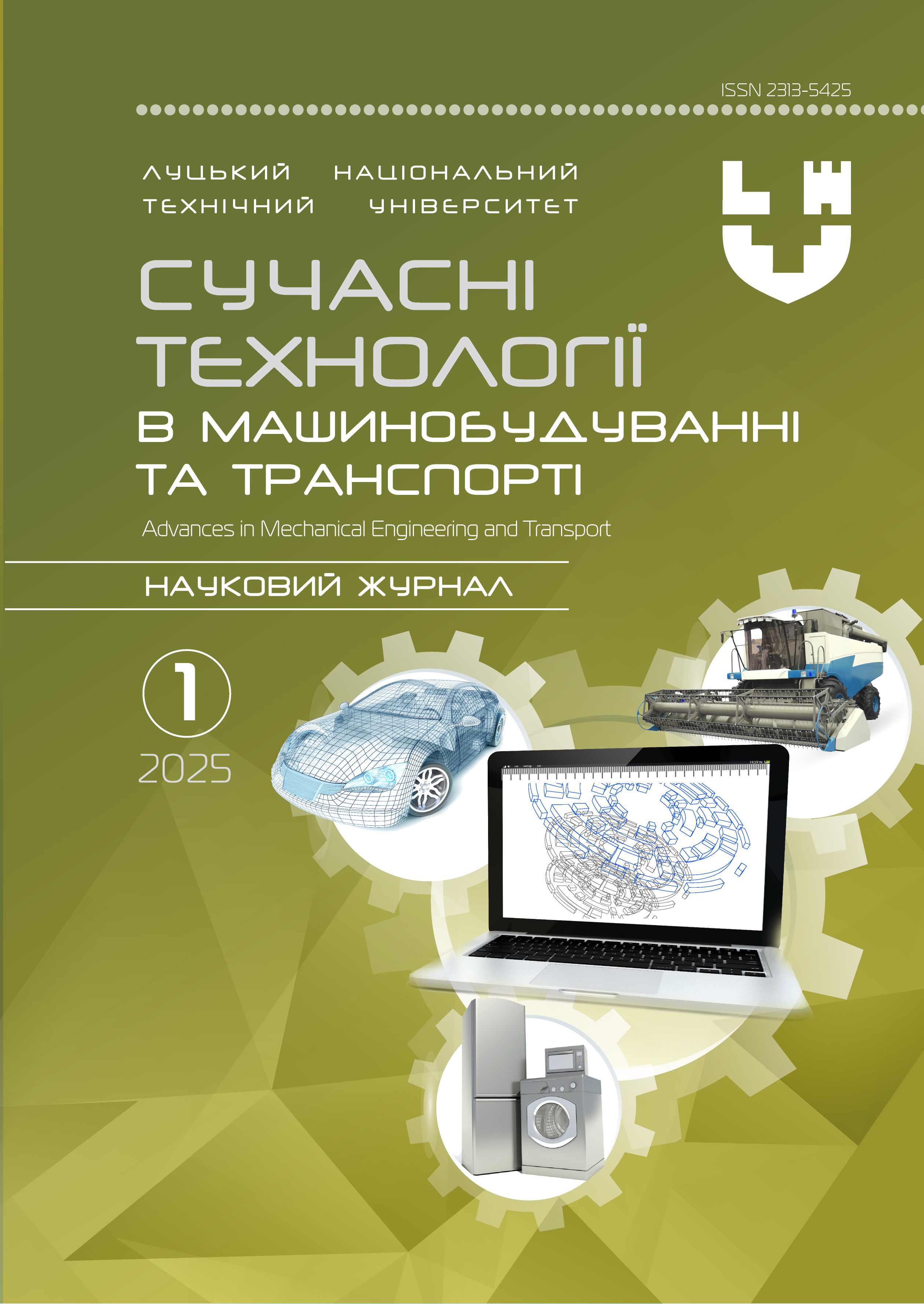To the Determination of Maneuverability of Articulated Buses with a Self-Steering Trailer Axle
Abstract
Buses play an important role in the public transport system and transport services around the world. This is the most common way of transporting people over short and medium distances in cities, as well as in most rural areas. To meet the needs of the population in transportation in large cities, the share of buses of a particularly large class should be at least 30%. For such buses, the main parameters of the purpose are passenger capacity, passenger exchange rate, acceleration dynamics, maximum speed, stability, controllability and maneuverability. Considering that an articulated bus (ABS) is a means of increased danger, when solving problems regarding the possibility of their operation, steps should be taken in the direction of theoretical studies of maneuverability and stability of movement. To determine maneuverability indicators, a refined mathematical model of plane-parallel movement of ABS with self-installing and steered trailer wheels was used.
According to the refined mathematical model of the plane-parallel motion of an articulated bus, it was established that a semi-trailer with a total length of 18.75 m with an unsteering trailer axle does not meet the requirements of regulatory documents for maneuverability (Bg=7.349 m > [Bg=7.2 m]). At the same time, a semi-trailer with a self-installing trailer axle meets the maneuverability requirements only for a road train length of up to 20.0 m. When increasing the length of the semi-trailer to 22.0 m, which is permitted in Ukraine, it is necessary to use steered trailer links. Thus, with direct drive control to the trailer wheels, the semi-trailer meets the maneuverability requirements. Such buses can be competitive in comparison with three-link articulated buses.
Keywords: articulated bus, trailer, maneuverability, turning radius, clearance lane, self-installing axle, steered axle.




